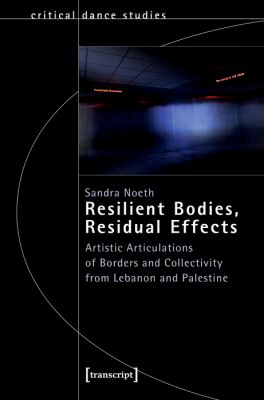Opis
What does it take to cross a border, and what does it take to belong? Sandra Noeth examines the entangled experiences of borders and of collectivity through the perspective of bodies. By dramaturgical analyses of contemporary artistic work from Lebanon and Palestine, Noeth shows how borders and collectivity are constructed and negotiated through choreographic, corporeal, movement-based, and sensory strategies and processes. This interdisciplinary study is made urgent by social and political transformations across the Middle East and beyond around 2011. It puts to the fore the residual, body-bound structural effects of borders and of collectivity and proceeds to develop notions of agency and responsibility that are immanently bound to bodies in relation.

